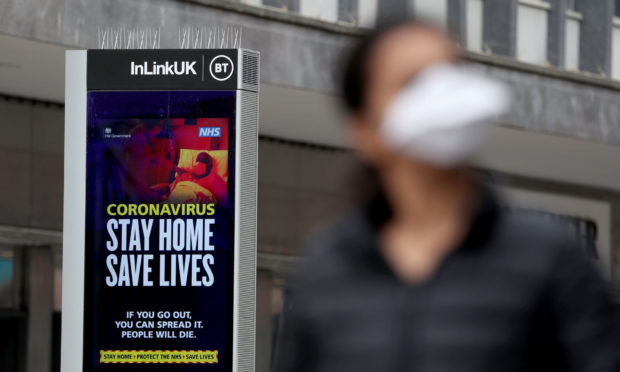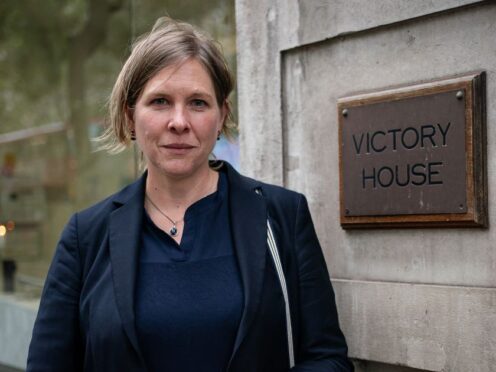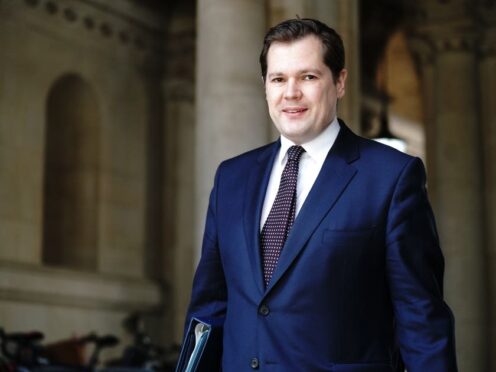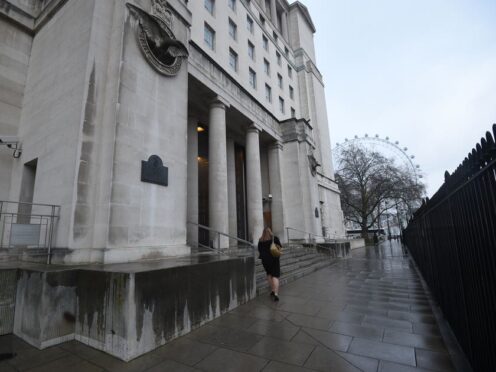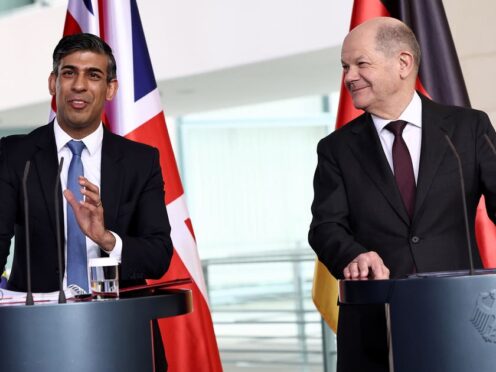Some lockdown measures could begin to be lifted within around three to four weeks if the numbers of infections and hospital patients drop “dramatically”, a leading infectious disease expert hopes.
Sir Jeremy Farrar, who is a member of the UK Government’s Scientific Advisory Group for Emergencies (Sage), said it is clear the lockdown cannot go on for much longer due to the “damage” it is doing to the public’s health and wellbeing, along with the impact on businesses.
Speaking on Sky News’ Sophy Ridge on Sunday, he said: “I would hope they will get there in three to four weeks time because it’s clear that the lockdown can’t go on for much longer.
“The damage it’s doing to all of our health and wellbeing, our mental health… the lockdown is damaging business and ultimately that’s damaging all of our lives.
“So the lockdowns cannot go on forever, we must lift them as soon as we can but we can’t lift them too soon and we can’t just make arbitrary dates.
“It has to be driven, I’m afraid, by the data.”
Sir Jeremy added that he thought that the UK was past the peak of the “first wave of the virus” but cautioned that the epidemic would “come back very quickly” if lockdown measures are released too soon.
'If we were to release those lockdowns too soon, the epidemic would come back again very quickly.'@jeremyfarrar tells #Ridge it is critical the public continue to follow social distancing guidelines.
Live #coronavirus updates: https://t.co/MQdpnNCrxI pic.twitter.com/U4fSsBPfgG
— Sophy Ridge on Sunday (@RidgeOnSunday) April 19, 2020
If we were to release those lockdowns too soon whilst the infection rates are still high… then the epidemic would come back again, it would come back very quickly.
Sir Jeremy Farrar, infectious disease expert.
He said: “I think the probability of what we must be planning for is that there would be further waves of this in the future.
“But for this first wave I think the number of new infections stabilised maybe a week or two ago, the number of hospitalisations maybe a week or so ago… we’re probably just past the peak in many parts of this country, as is true in many parts of the world.
“If we were to release those lockdowns too soon whilst the infection rates are still high… then the epidemic would come back again, it would come back very quickly.
“It would rebound within a few weeks or a couple of months.”
The infectious diseases expert said he was “optimistic” about finding a vaccine for coronavirus with advances in science, but acknowledged “the truth is we don’t have another vaccine for any other human coronavirus”.
He said: “If we did have a vaccine, let’s say late in 2020 or into 2021, we would then need to manufacture it in billions of doses and make those billions of doses available to the world.
“So just having a vaccine that is safe and effective, proven, is not enough.
“If there is any country vulnerable, if there is any country where there is still transmission of this virus, then in fact every country is vulnerable.
“I hope we would have a vaccine towards the end of this year – but that’s a vaccine in a vial, it’s a vaccine that we believe to be safe, a vaccine we think might be effective.
“That’s not having a vaccine for the world.”
